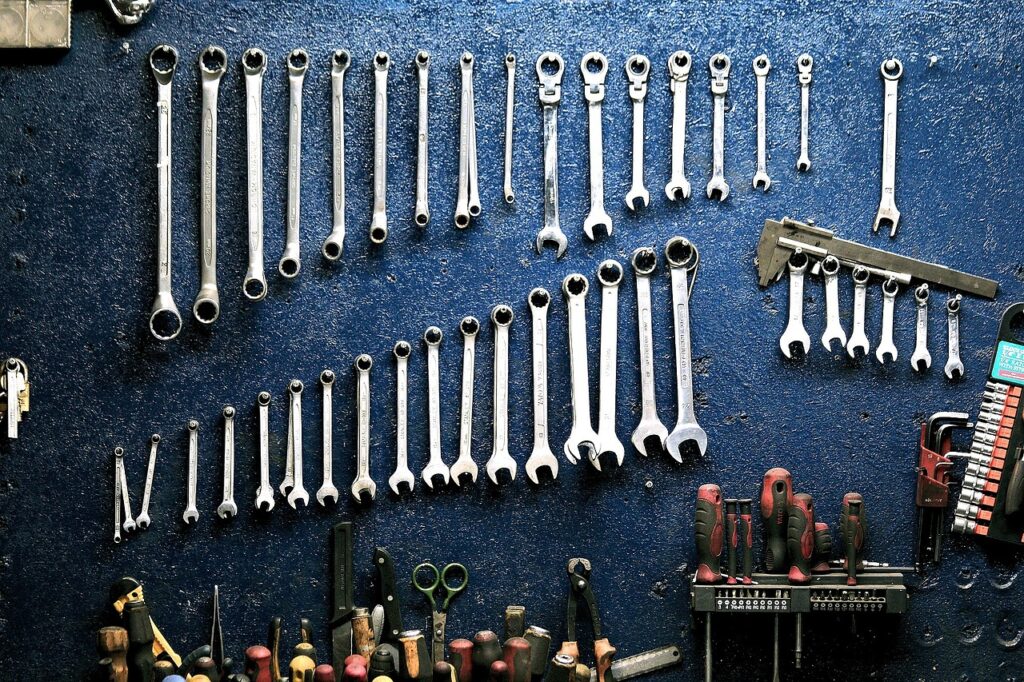Allinurl: Automotive Towing Equipment Hitches Balls.Okay, let’s dive into a topic that’s more important than you think – the towbar! Whether you’re moving furniture across town, taking your boat on a weekend adventure, or towing a trailer to work, having the right hitch setup is a game changer. And trust me, it’s not as hard as it sounds once you get the basics down.
Now we’re talking about car towing, which is a fancy way of saying everything you need to safely tow something behind your vehicle. Hinges and balls are the basis of this setup. If you’re thinking, “Okay, that’s all good, but how does it actually work?” don’t worry, I’ve got you covered, I’ll break it down step by step.
Why towing equipment matters:Allinurl: Automotive Towing Equipment Hitches Balls
Let’s start with the obvious: you can’t just tie a rope to the bumper of a car and call it a day. If you drive anything, safety is your top priority. And for that you need a reliable towing device – a proper towing device and a ball.
Have you ever been driving down the highway and seen a car pulling a trailer that was swinging all over the place? Yes, that’s the last thing you want. A poorly adjusted tow situation is not only dangerous, but also stressful for the driver and probably everyone else on the road.
Fixed brake settings give you control, stability and peace of mind. Whether you’re driving something small or a full caravan, having the right equipment will make your life a lot easier.
How about Hitches?:Allinurl: Automotive Towing Equipment Hitches Balls
Okay, let’s talk about the core of your towbar setup: the towbar. Think of the hitch as the connection point between your vehicle and whatever you’re towing. You won’t get anywhere without it.Allinurl: Automotive Towing Equipment Hitches Balls
There are different types of hitches depending on what type of vehicle you have and what you are towing. Let’s break them down:
1. Receiver hinge
This is the most common type and you will probably use it for everyday towing. It’s called a receiver mount because it’s literally a “receiver”—a square hole where you can put a ball mount, bike mount, or whatever accessory you need. Receiver hangers come in different classes (I-V) depending on how much weight they can handle. So if you are towing a small utility trailer, you can use Class II. But if you’re towing a large travel trailer, you’ll need something like a Class IV.
2. Gooseneck hinge
If you’ve ever seen a truck pulling a massive trailer, there’s a good chance they’re using a gooseneck hitch. This type of hitch is designed for heavy towing and is usually installed in the bed of a pickup truck. It gives you more control and stability when towing heavy loads like horse trailers or large RVs. The gooseneck setup gets its name from the long, curved neck that extends from the trailer to the hitch.
3. Suspension of the fifth wheel
This one is similar to a gooseneck, but with a different connecting mechanism. Fifth wheels are also stored in the body of the pick-up and are used to pull large trailers. The big difference is how the trailer connects to the hitch. Instead of a ball, the trailer is locked with a special plate on the hinge, which provides even more stability for massive loads.
Allinurl: Automotive Towing Equipment Hitches Balls
Hitch Balls – Why Size Matters
Next up is the tow ball. Don’t let its simplicity fool you – it’s one of the most important parts of the towbar. The ball attaches to your hitch and is the part that actually attaches to the trailer hitch.
This is where it can get tricky: not all balls are the same size. There are actually several different sizes and it’s important to choose the right one. Using the wrong size can lead to big problems like the trailer coming loose in the middle of a tow. Nobody wants that!
Common sizes of hanging balls:
1-7/8 inch: Usually for smaller loads such as light trailers.
2 inches: The most common size for everyday towing such as boats, RVs, or utility trailers.
2-5/16 inch: For larger jobs such as towing heavy equipment or large trailers.
So how do you know what size you need? It all depends on the weight of the towed vehicle and the size of the towing equipment. The hitch is the part of the trailer that fits over the ball so it has to fit perfectly.
Weight Rating – Know Your Limits!:Allinurl: Automotive Towing Equipment Hitches Balls
Okay, things are getting a little technical here, but it’s super important. Each towing device has its own weight. That’s just a fancy way of saying, “That’s how much weight this thing can handle.” If you exceed these ratings, you are asking for trouble.
Here are some terms you should know:
1. Gross trailer weight (GTW)
This is the total weight of the trailer and everything in it. So if you’re towing a caravan, you need to know how much the caravan weighs and all the things in it – equipment, water, food, etc.
2. Tongue weight (TW)
The weight of the tongue is the downward force on the trailer ball. It is usually 10-15% of the total weight of the trailer. If the weight of your tongue is too high, it can cause the vehicle to sag in the rear and make steering difficult. Too low and your trailer can swing dangerously.
3. Towing capacity
The towing capacity of your vehicle is how much weight it can safely tow. This is where many people go wrong – they think that any car or truck can tow anything. Not true! Always check your vehicle owner’s manual or do a quick search online to find out how much weight your ride can handle.
Real-life example: My first drag experience
Let me share a short personal story. The first time I had to haul something was when I rented a small utility trailer to move furniture around town. I didn’t think much of it – it was just a few pieces of furniture, right? Well, I had no idea about catches or weight limits and was just throwing everything together and hoping for the best.
Let me tell you, the ride was scary. The trailer rocked back and forth every time I went over 45 mph. Turns out I had the wrong ball size and the trailer wasn’t balanced properly. Fortunately, nothing catastrophic happened, but I learned a valuable lesson that day: don’t mess with the lift!
Now I always double check my setup, make sure my rack and balls are the right size and that I’m within the weight limits. That made all the difference. Towing is now much smoother and I can drive with confidence knowing that everything is safe.
Don’t forget the accessories!
So you have the hook and the ball solved, but the story doesn’t end there. There are a few other add-ons that will make your towing experience much smoother.
1. Safety chains
Always use safety chains. They act as a backup in case your trailer somehow becomes disconnected from the hitch. Think of them as seat belts for your trailer. You may never need them, but if something does go wrong, you’ll be thankful they’re there.
2. Hinge lock
The hitch lock secures your trailer to the hitch and prevents theft. You’d be surprised how easy it is for someone to unhook your trailer and drive off with it if you don’t have a lock.
3. Trailer brake controller
If you’re towing a heavy trailer, you’ll want a brake controller. This device synchronizes the trailer’s brakes with your vehicle’s, making it easier to stop safely, especially on hills or in bad weather.
Final thoughts on the campaign
Towing is not as complicated as it seems, but you have to pay attention to the details. Proper suspension and ball setup make the difference between a smooth, stress-free ride and a white-knuckle drive.
Before you tow anything, make sure you know your vehicle’s limits, check your weight, and get the right size hitch. Trust me, a little preparation goes a long way. And don’t be like me on my first towing adventure – try it right the first time and enjoy the ride!



